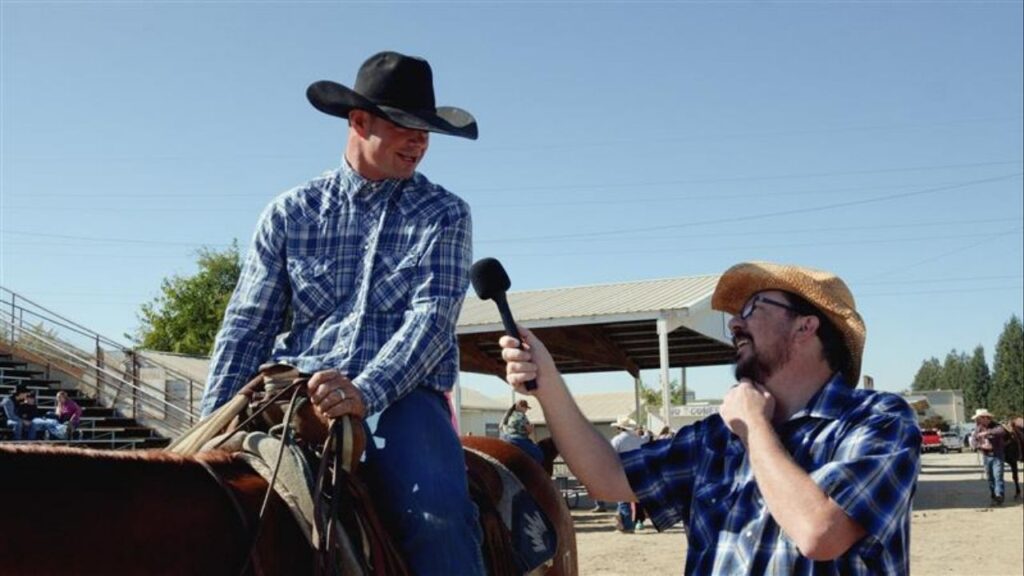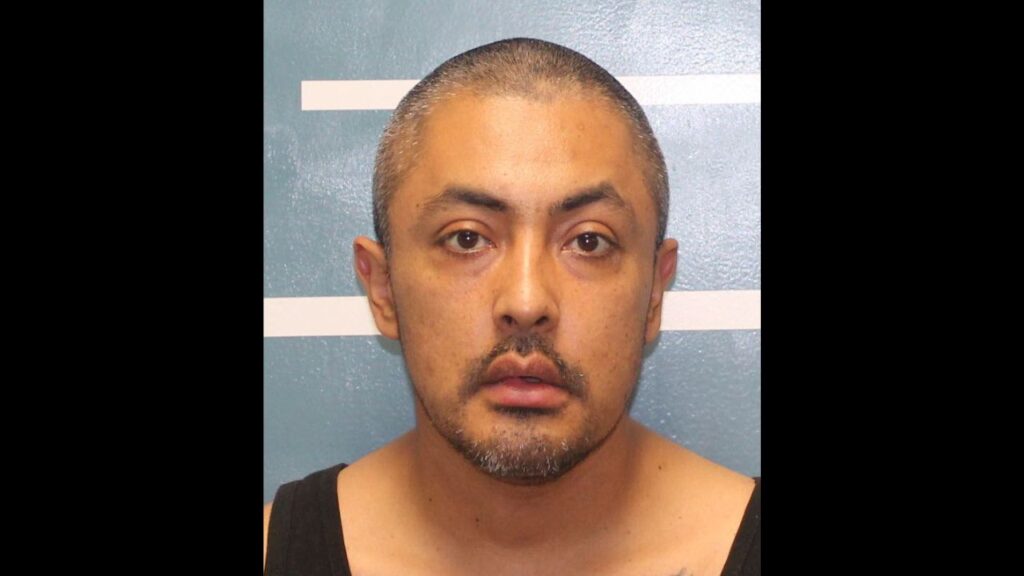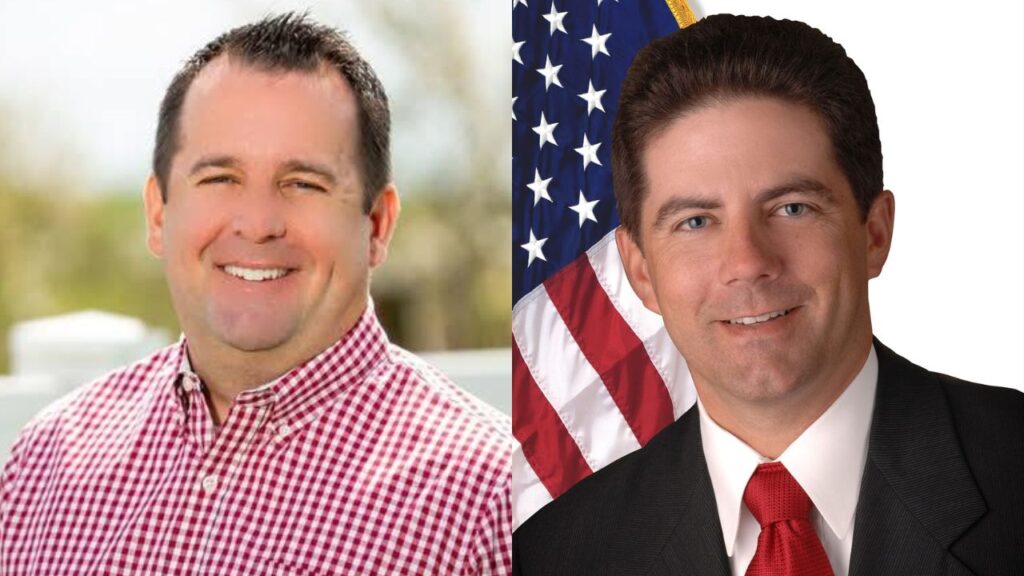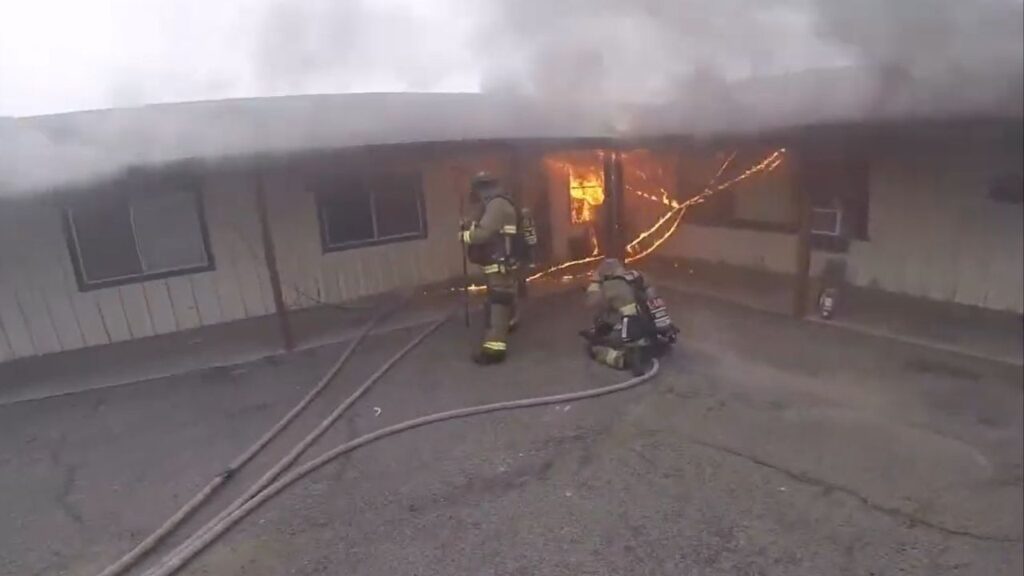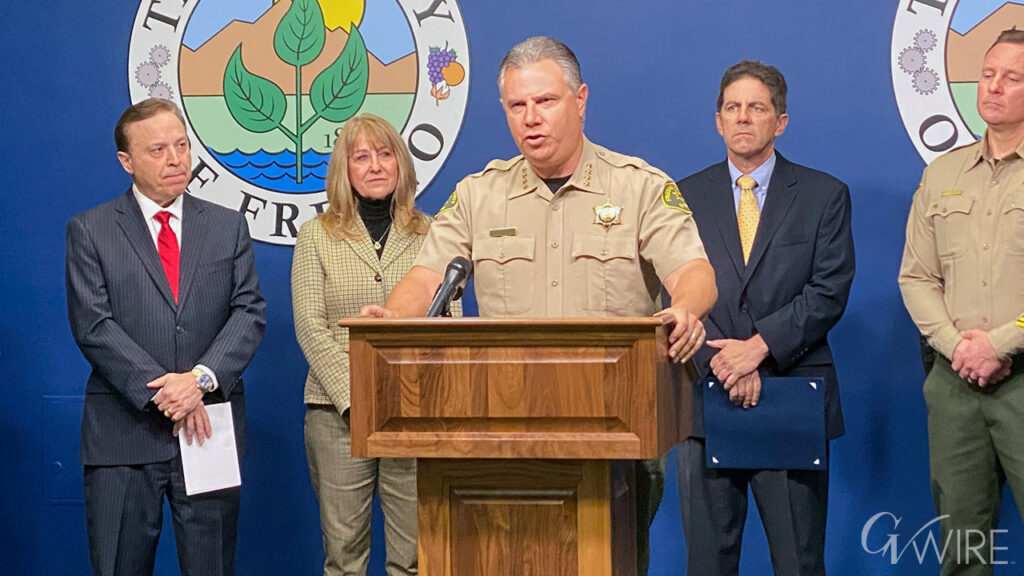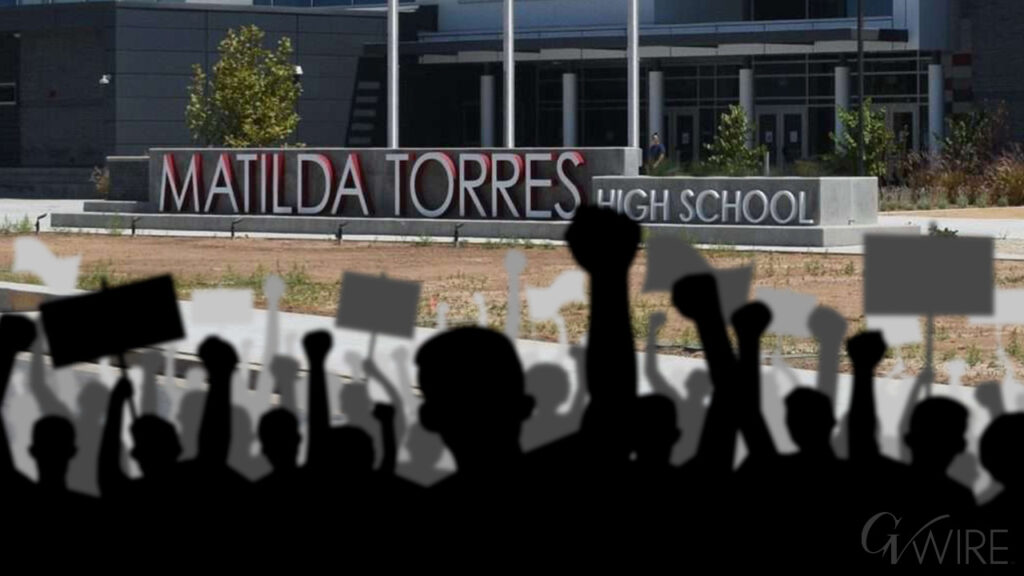Share
Baltimore has filed a lawsuit against the Bureau of Alcohol, Tobacco, Firearms and Explosives for denying access to data on firearms used in crimes.
The city argues that this information is crucial for addressing gun violence and identifying the sellers who supply the city with weapons.
The lawsuit contends that ATF has misinterpreted a 2003 law, backed by the National Rifle Association, which restricts public access to gun trace data collected by the federal government.
The law, known as the Tiahrt Amendment, prohibits the use of federal funds to disclose information from the federal firearms tracing database. Despite President Joe Biden’s pledge to improve access to firearms data, ATF has refused to release information that could identify manufacturers, gun sellers, and federally licensed dealers who are most likely to sell to criminals or straw buyers.
The Importance of Gun Trace Data
Baltimore Mayor Brandon M. Scott emphasized the importance of this data, particularly for identifying gun retailers outside the city whose weapons often end up being used in crimes in Baltimore. He criticized the Tiahrt Amendment, stating that it hinders the implementation of effective public safety strategies and puts lives at risk.
The lawsuit highlights three crimes where access to trace data was necessary. Despite Biden’s campaign promise to repeal the Tiahrt Amendment, efforts to do so have stalled. Gun rights organizations and gun manufacturers have strongly opposed attempts to repeal the amendment, arguing that it is a political ploy to “name and shame” law-abiding federally licensed dealers.
However, when trace data has been publicly released, it has shed light on how legally manufactured and lawfully sold firearms end up in the hands of criminals. A study by the gun control group Brady found that a small percentage of gun stores accounted for a significant proportion of firearms that ended with criminals.
The Aim of the Lawsuit
Baltimore, like other cities with no legal gun dealers within their jurisdictions, sees a migration of purchasing activity to adjacent areas or nearby states where firearms can be easily trafficked. City officials estimate that 60& to 70% of the firearms used in crimes from 2017 to 2021 originated outside Maryland.
The lawsuit aims to identify “trends of how crime guns enter communities,” according to Alla Lefkowitz, Everytown’s litigation director.
Read more at The New York Times.









